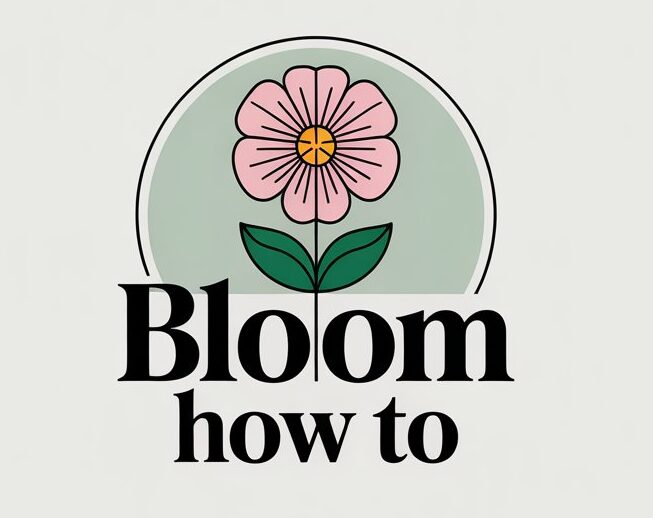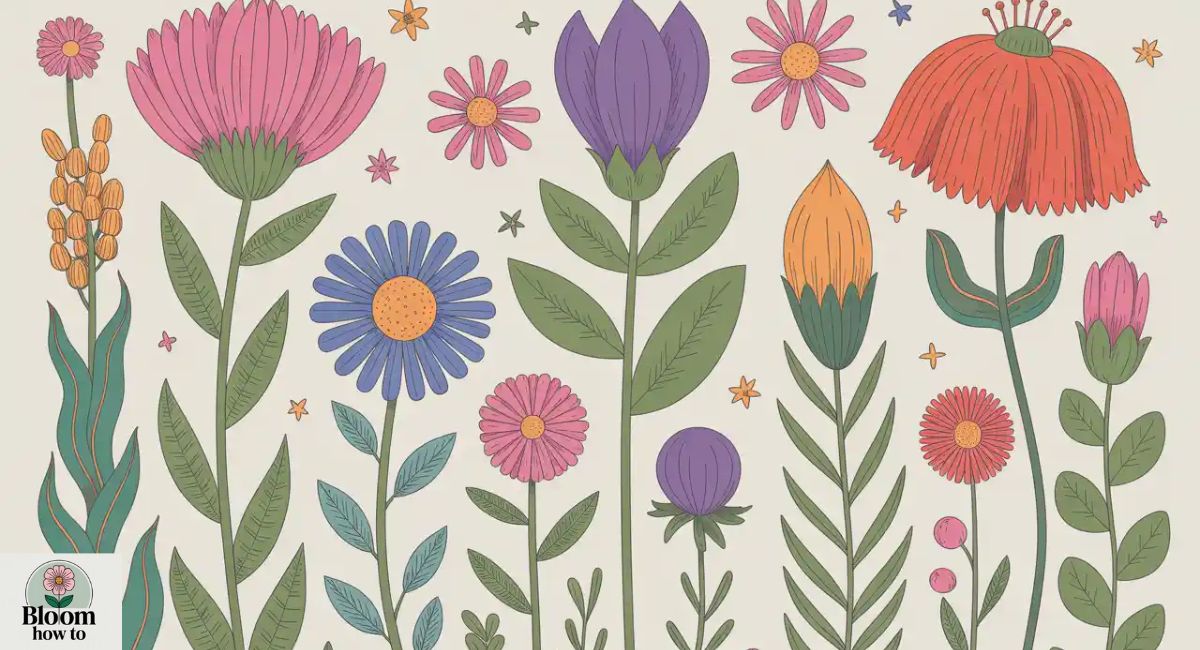The world of flowers and plants that start with W is filled with charm, color, and hidden beauty. From the cascading blooms of wisteria plant to the delicate petals of white lily, each species adds elegance to gardens and wild spaces alike. These flowering plants starting with W offer more than visual delight they attract pollinators, enrich soil health, and enhance garden biodiversity.
Whether you love the soft fragrance of wild rose or the bright cheer of winter aconite, every bloom has a story and purpose. Explore these botanical wonders and discover how plants that start with W can transform your outdoor world into a living masterpiece.
Popular Flowers That Start with W
Wisteria
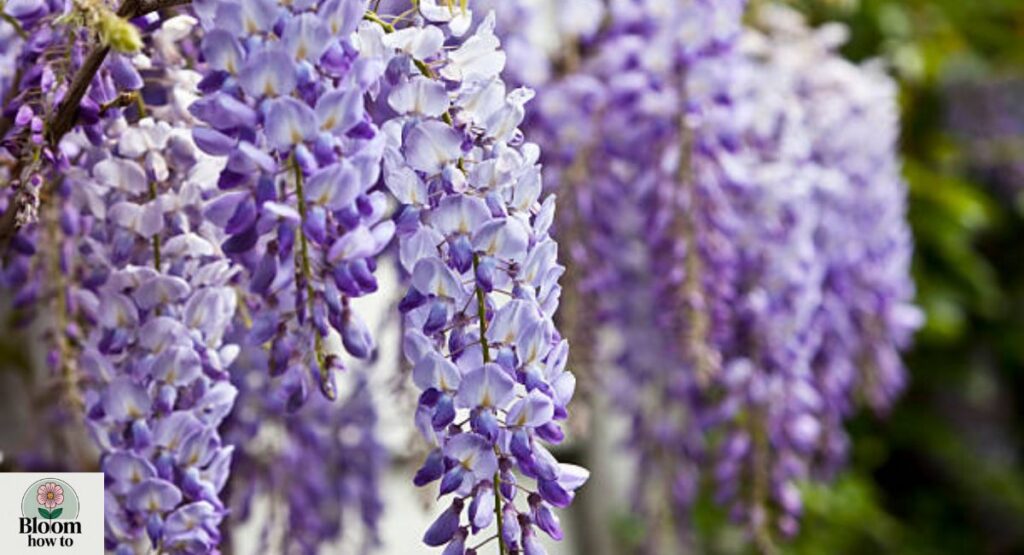
The wisteria plant (Wisteria sinensis) is a classic climbing vine known for its purple flowers cascading like velvet waterfalls. This ornamental vine thrives in full sun plants conditions and well-drained soil. In the U.S., it’s loved for its floral symbolism—a sign of love, grace, and artistic beauty. When you prune wisteria, its blooms flourish even more, creating a vibrant garden spectacle.
Regular plant maintenance like trimming and trellis support helps this ornamental plant stay neat. It’s a favorite for wedding flowers because its elegant blossoms symbolize everlasting love.
| Bloom Time | Colors | Height Range | Sun Requirements |
| Spring | Purple, blue, white | 15–30 feet | Full sun |
Wallflower
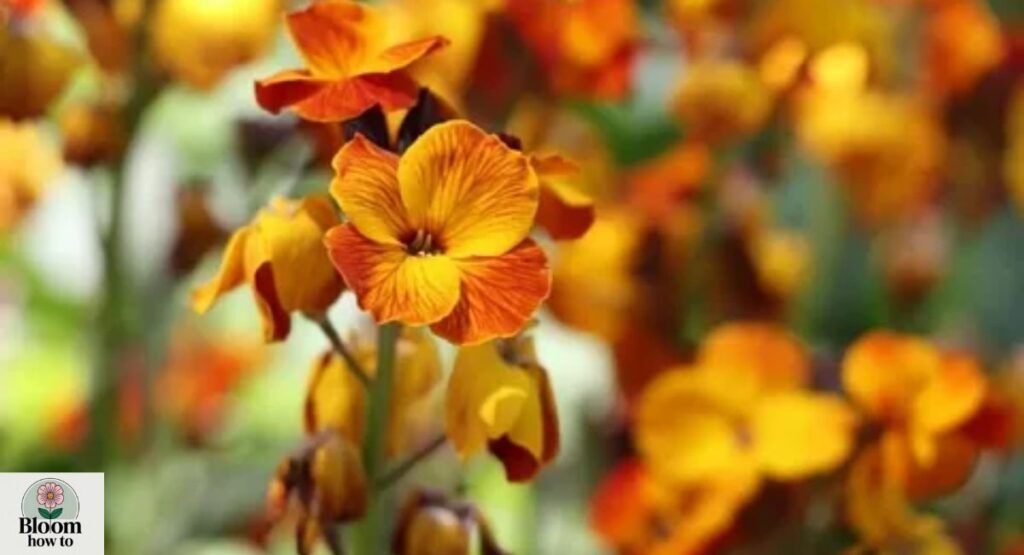
The wallflower plant (Erysimum) blooms when most gardens are still waking up. Known for color variations from orange to purple, these spring-blooming plants bring warmth to borders and rock gardens. They grow best in well-drained soil with moderate watering frequency.
Their fragrant blooms attract flowers for hummingbirds and bees, helping sustain ecosystem balance. Symbolically, wallflowers stand for faithfulness and quiet strength a perfect addition for ornamental gardens.
| Bloom Time | Colors | Height Range | Sun Requirements |
| Spring to early summer | Yellow, orange, purple | 1–2 feet | Full sun to partial shade |
Water Lily
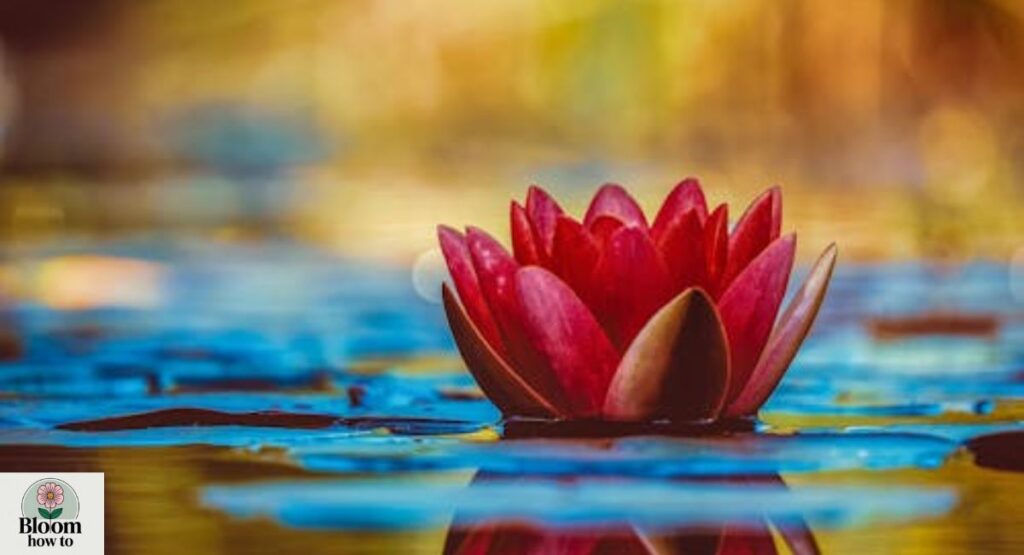
Floating gracefully across ponds, the water lily (Nymphaea) defines serenity. Its fragrant flowers open to sunlight, revealing pink petals, white, and yellow hues. It thrives in shallow water, where roots stay anchored in loamy soil.
In American landscapes, water lilies turn ponds into serene pond flowers scenes. Their flower meanings represent purity and enlightenment, making them spiritual favorites. These ornamental plants support native wildflowers and aquatic life.
| Bloom Time | Colors | Height Range | Sun Requirements |
| Summer to fall | Pink, white, yellow | Variable | Full sun |
White Lily
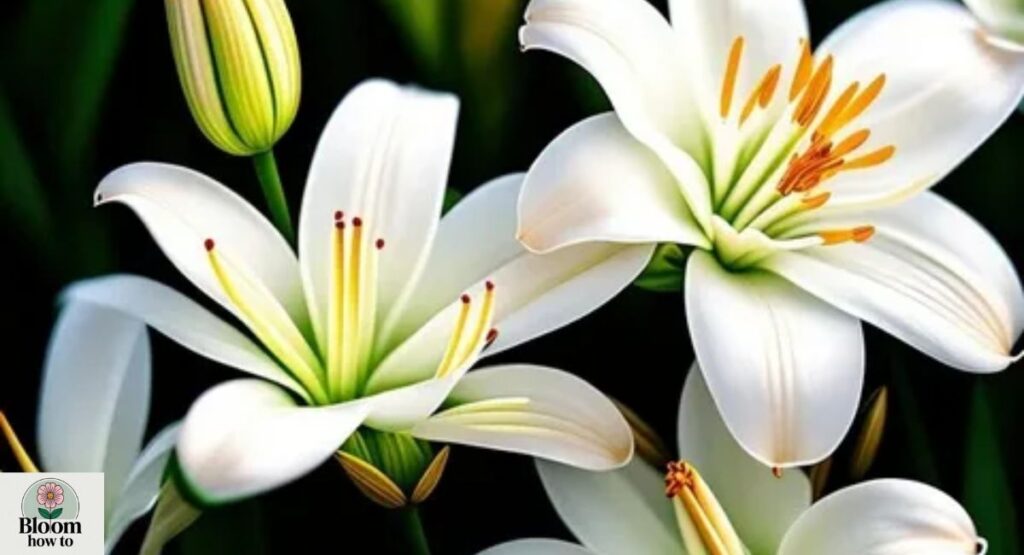
The white lily (Lilium) is often associated with love and purity flowers. Known for its trumpet-shaped flower shape and fragrance, it’s one of the most popular wedding flowers in the USA.
Growing white blooms requires well-drained soil and partial shade flowers conditions. Lilies also carry deep floral symbolism, representing rebirth and peace. In homes or ceremonies, they convey both beauty and meaning.
| Bloom Time | Colors | Height Range | Sun Requirements |
| Summer | White | 2–4 feet | Full sun to partial shade |
Witch Hazel
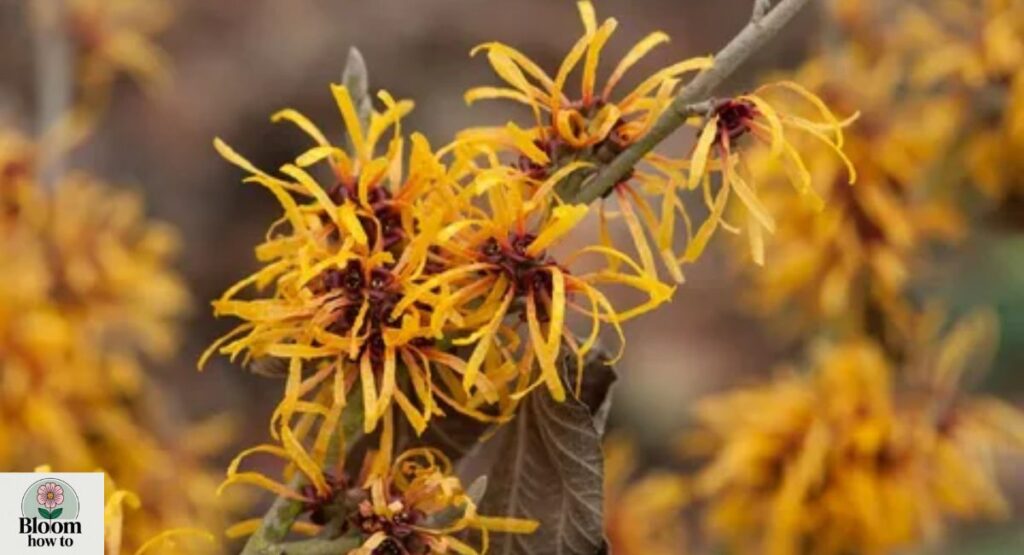
The witch hazel shrub (Hamamelis) surprises gardeners with winter flowering plants that bloom even in frost. Its fragrant flowers look like golden ribbons that dance in the wind. In the USA, this winter blooming shrub symbolizes healing plants and protection.
The botanical species thrive in lightly acidic soil type with good drainage. Many skincare and medicinal uses also come from Hamamelis, reflecting its natural versatility and plant symbolism.
| Bloom Time | Colors | Height Range | Sun Requirements |
| Winter to early spring | Yellow, orange | 10–20 feet | Full sun to partial shade |
Unique & Rare Flowers Beginning with W
Woolly Bluecurls
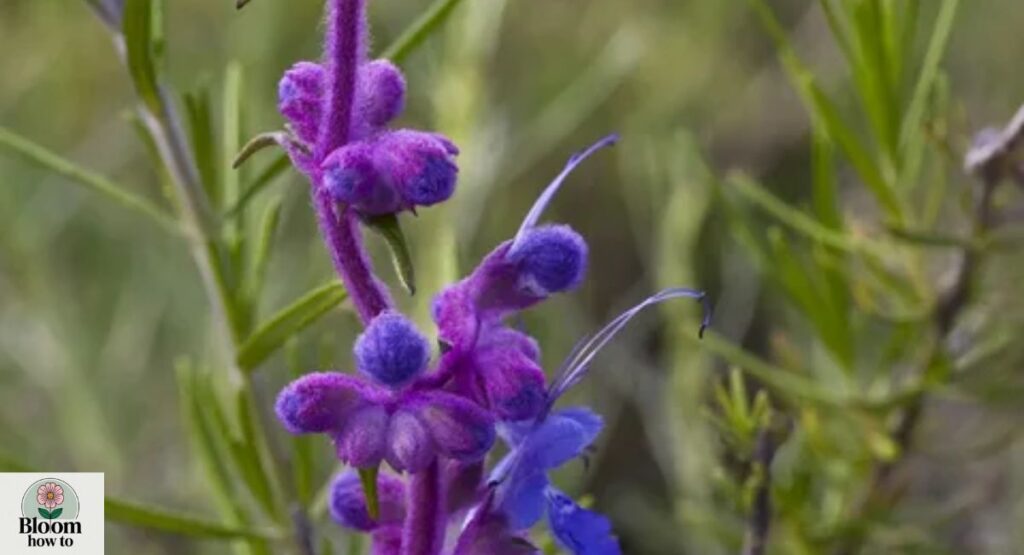
Native to California, woolly bluecurls (Trichostema lanatum) bring electric hues to arid gardens. Their colorful petals shimmer with lavender-blue tones, attracting flowers for bees and hummingbirds. These pollinator-friendly plants prefer dry, well-drained soil and thrive in sunlight.
They’re symbolic of resilience and calm a fitting emblem for wild beauty in sustainable gardening.
| Bloom Time | Colors | Height Range | Sun Requirements |
| Spring to summer | Blue, lavender | 3–6 feet | Full sun |
Winter Aconite
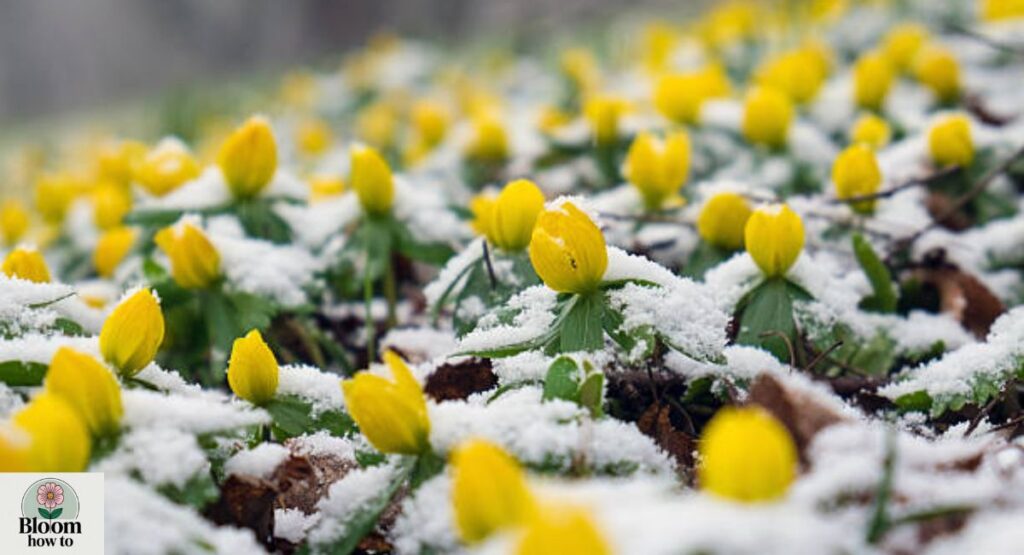
When snow begins to melt, winter aconite (Eranthis hyemalis) pops up like sunshine in the cold. These early spring flowers are bright yellow, adding cheer to natural habitats and forest edges.
They’re among the first floral species to bloom, announcing spring’s arrival. In ornamental gardens, they represent hope and rebirth.
| Bloom Time | Colors | Height Range | Sun Requirements |
| Late winter to early spring | Yellow | 4–6 inches | Partial shade |
Wild Rose
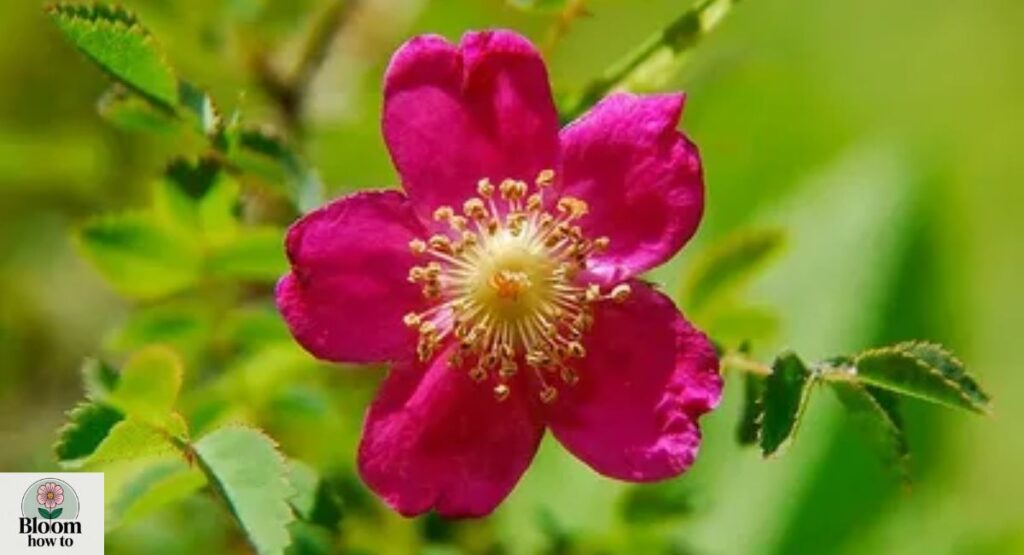
The wild rose (Rosa spp.) grows naturally across North America. Unlike cultivated roses, it thrives in tough soil, proving itself a symbol of resilience. Its pink petals and fragrance flowers are adored by gardeners who value simplicity.
The flower meanings of wild roses focus on unconditional love and devotion. This native wildflower supports local biodiversity by feeding pollinators and birds.
| Bloom Time | Colors | Height Range | Sun Requirements |
| Late spring to summer | Pink, red, white | 1–6 feet | Full sun |
White Trillium
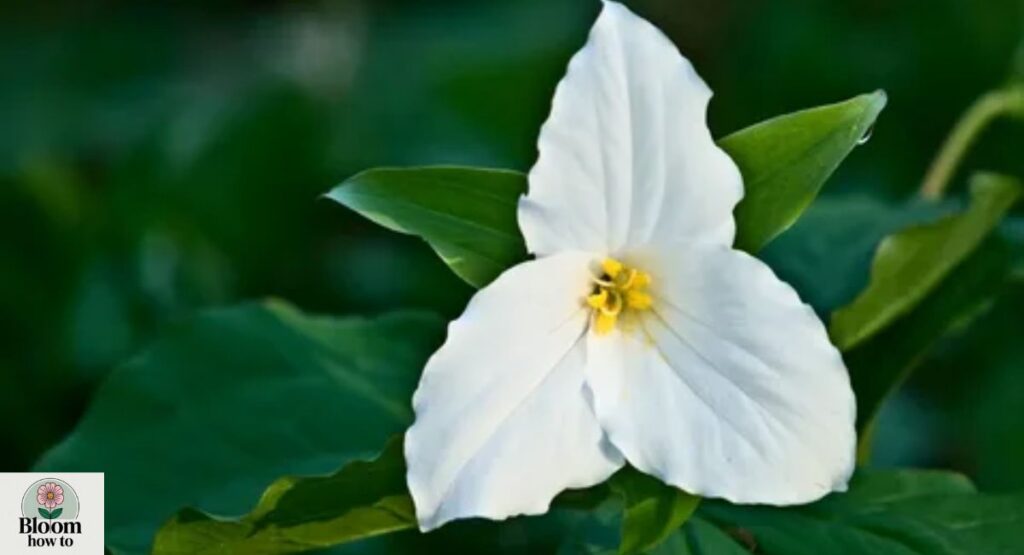
The white trillium (Anemone nemorosa) a protected botanical wonder is native to U.S. woodlands. Its white blooms glow in shaded forests. Trillium symbolizes purity, faith, and nature’s quiet strength.
It flourishes in moist, well-drained soil and partial shade flowers environments. In ecosystem balance, it acts as a soil health indicator.
| Bloom Time | Colors | Height Range | Sun Requirements |
| Spring | White | 8–12 inches | Partial shade |
White Flowers That Start with W
White Jasmine
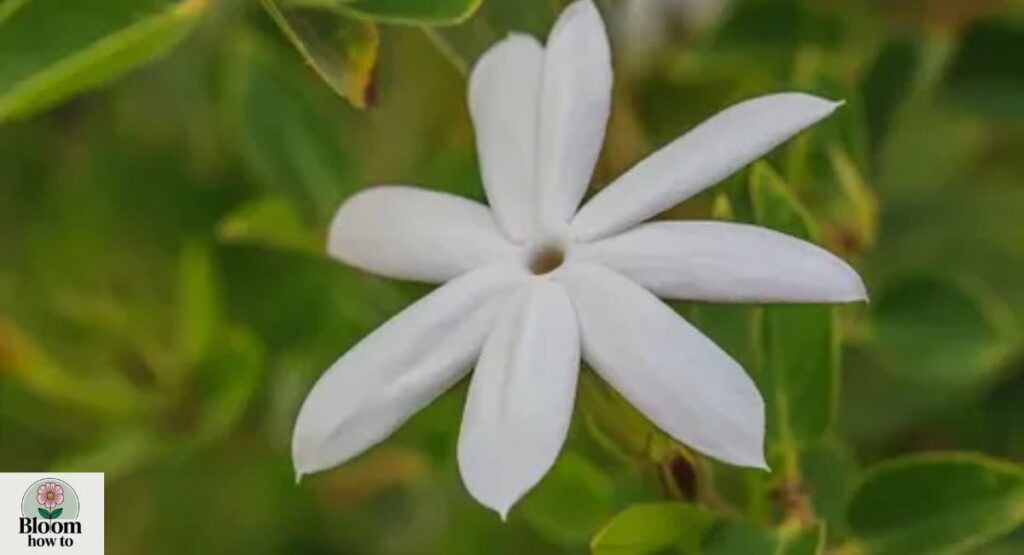
The white jasmine (Jasminum polyanthum) is loved for its fragrant blooms that fill warm evenings with perfume. Its ornamental vines climb trellises and fences with ease. Known for representing love, sensuality, and peace, jasmine is among the top fragrant garden plants in America.
Grow it in slightly acidic, well-drained soil, and offer full sunlight for best flowering. It’s an easy-care addition to low-maintenance flowers lists.
| Bloom Time | Colors | Height Range | Sun Requirements |
| Spring | White, pale pink | 6–12 feet | Full sun |
White Calla Lily
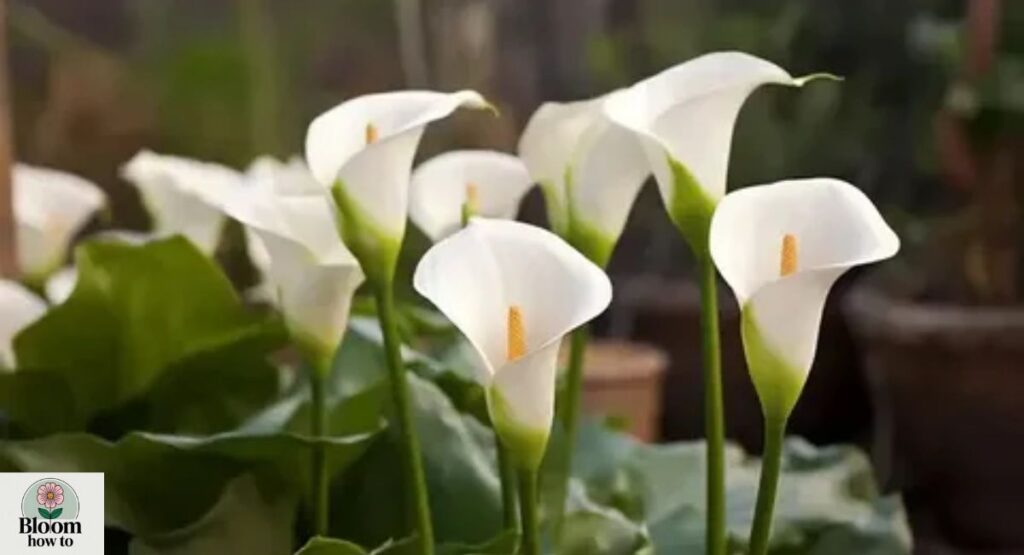
The white calla lily (Zantedeschia albomaculata) is the epitome of elegance. Its flower shape resembles a trumpet, symbolizing holiness and beauty. Popular in wedding flowers arrangements, it’s cherished for its love and purity flowers symbolism.
This ornamental plant thrives in well-drained soil that’s kept moist. Its tall stems and glossy leaves make it a favorite in floral species design.
| Bloom Time | Colors | Height Range | Sun Requirements |
| Late spring to summer | White | 1–2 feet | Full sun to partial shade |
White Sage
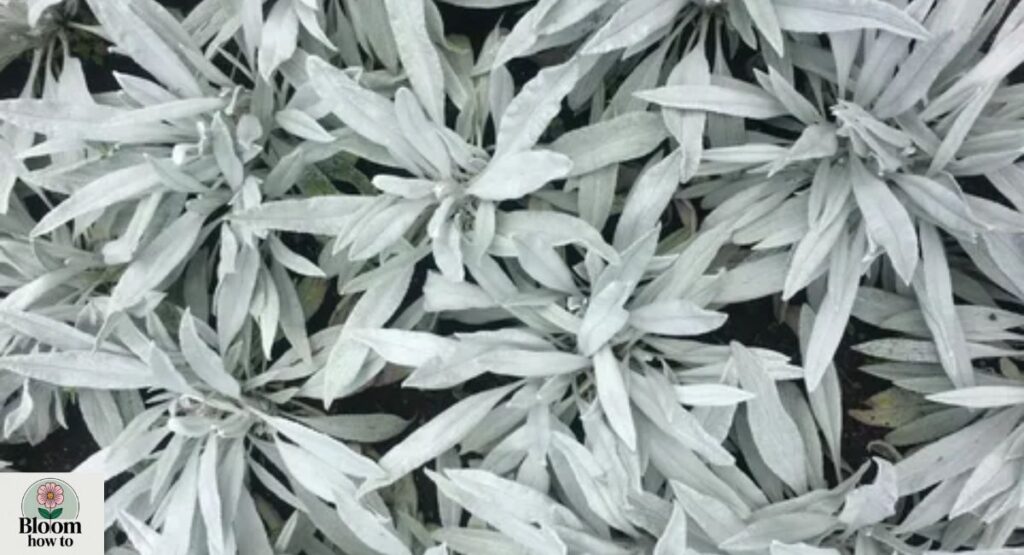
White sage (Salvia apiana) is an iconic American native used for cleansing and healing. Its silvery-green leaves emit a rich aroma. This healing plant supports pollinators and purifies the air naturally.
Grow it in dry, sandy soil with full sun plants conditions. Besides being a symbolic plant, sage enhances biodiversity support by attracting bees and butterflies.
| Bloom Time | Colors | Height Range | Sun Requirements |
| Summer | White | 2–3 feet | Full sun |
Garden Plants That Start with W
Weigela Shrub
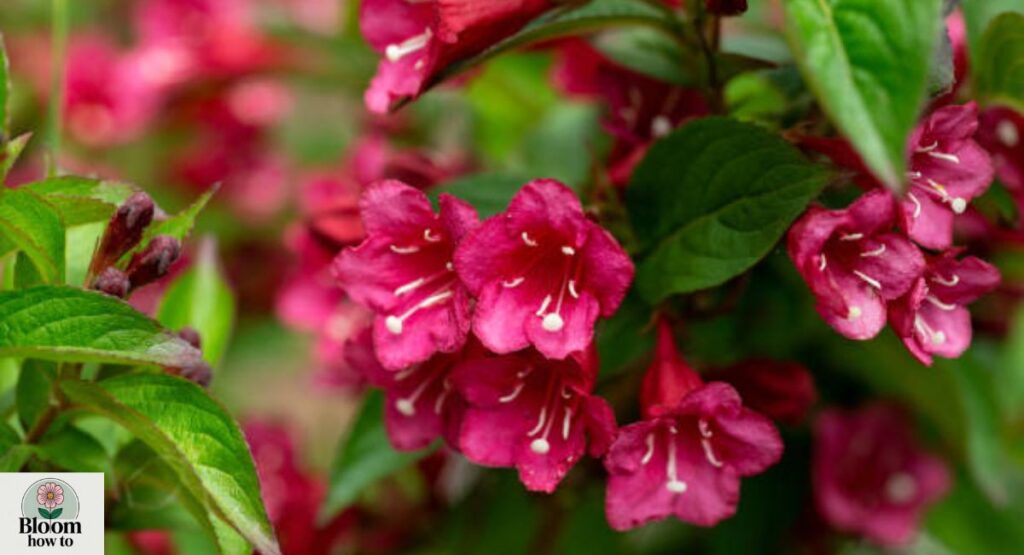
The weigela shrub (Weigela florida) is a low-maintenance flower that bursts into color each spring. This ornamental plant is famous for its trumpet-shaped pink petals and soft fragrance. It attracts flowers for hummingbirds, adding movement and sound to every garden.
The weigela shrub thrives in full sun plants conditions and well-drained soil, making it ideal for garden design ideas in American homes. With proper pruning after flowering, you can maintain its shape and encourage stronger blooms. Its floral symbolism speaks of affection and youth—a lively presence in any outdoor space.
| Bloom Time | Colors | Height Range | Sun Requirements |
| Spring to summer | Pink, red, white | 3–6 feet | Full sun |
Wood Anemone
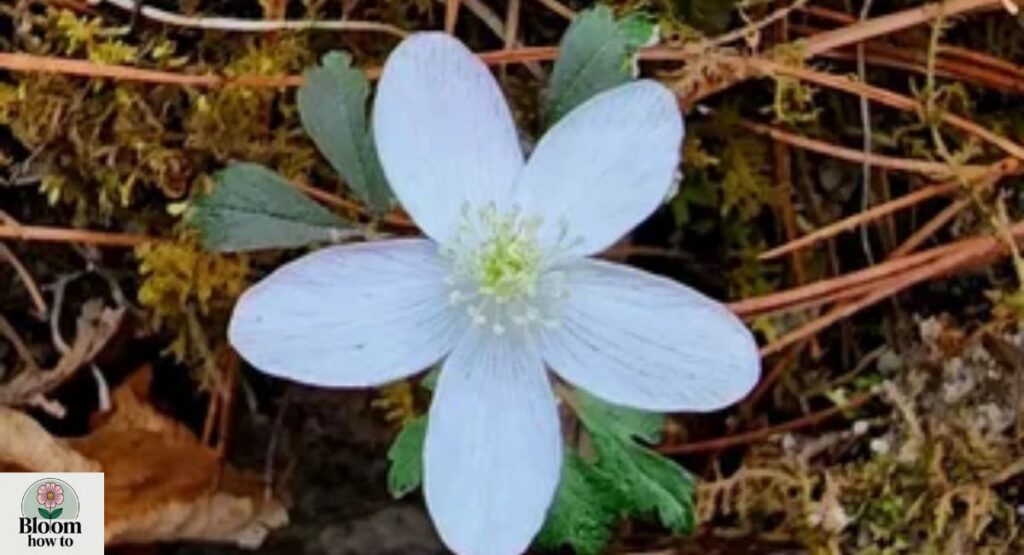
The wood anemone (Anemone nemorosa) is a delicate spring-blooming plant that carpets forests with white blooms. In U.S. gardens, it’s used for natural habitats and shaded garden areas.
These native wildflowers have fragrant flowers that close at dusk, adding mystery and charm. Their floral symbolism often represents anticipation and purity. The wood anemone enhances ecosystem balance and supports pollinator-friendly plants like bees and butterflies.
| Bloom Time | Colors | Height Range | Sun Requirements |
| Early to mid-spring | White, pale pink | 6–10 inches | Partial shade |
Wildflowers Starting with W
Windflower
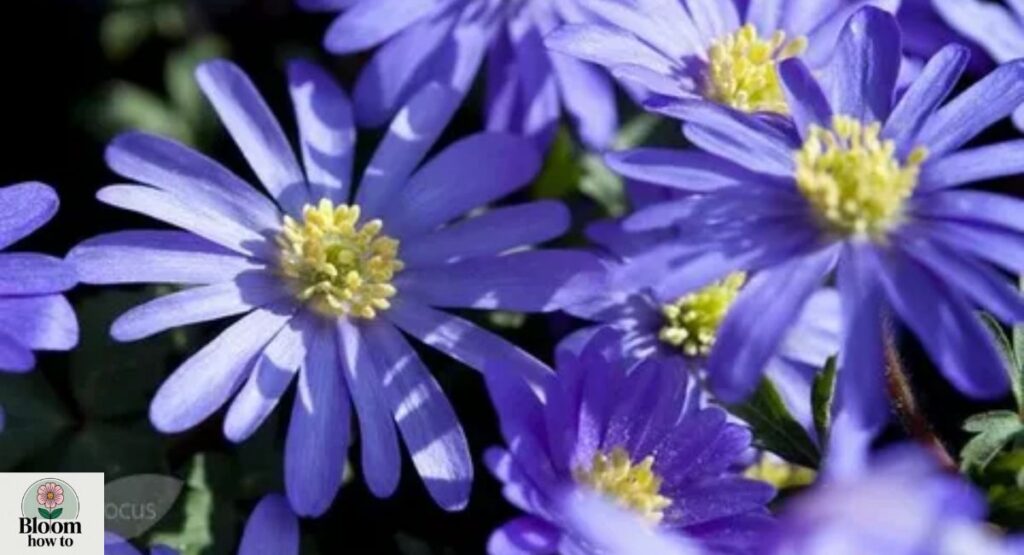
The windflower (Anemone coronaria) sways gracefully in the breeze, giving life to meadows and gardens alike. Its colorful petals ranging from purple to scarlet make it a standout among wildflowers starting with W.
These pollinator-friendly plants bloom in early spring flowers, drawing in bees and hummingbirds. Symbolically, windflowers represent freedom and everlasting love. Their natural beauty brightens every landscape, from rural meadows to curated garden beds.
| Bloom Time | Colors | Height Range | Sun Requirements |
| Spring | Purple, red, blue | 10–16 inches | Full sun |
Wild Narcissus
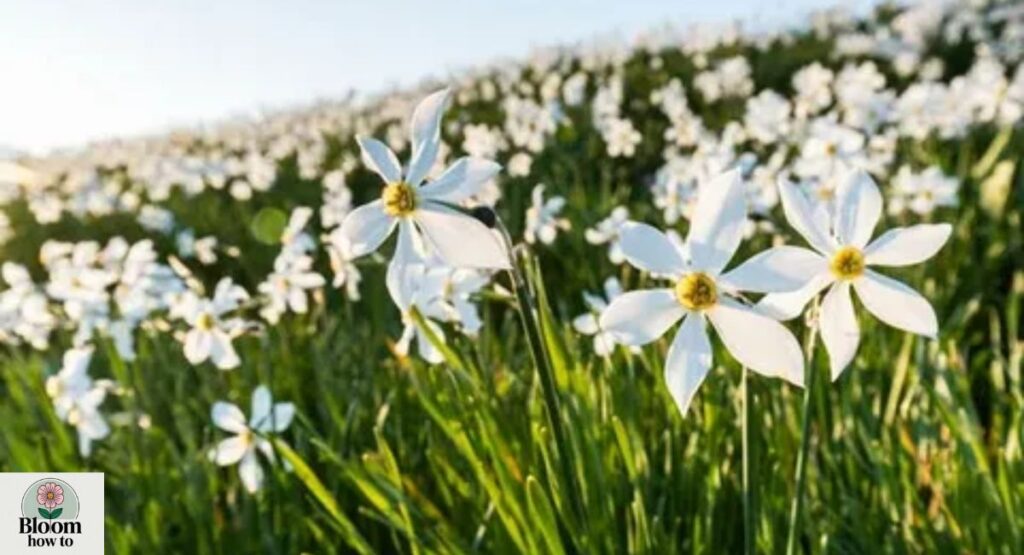
The wild narcissus (Narcissus poeticus) is among the oldest known botanical species. Its star-shaped white blooms with yellow centers symbolize renewal and rebirth. These early spring flowers thrive in well-drained soil and partial shade flowers areas.
In the U.S., wild narcissus fields bloom in March and April, painting hillsides with their subtle fragrance flowers. Their resilience makes them a symbol of hope and revival—a true botanical wonder in every sense.
| Bloom Time | Colors | Height Range | Sun Requirements |
| Spring | White with yellow center | 8–12 inches | Partial shade |
Wild Dagga
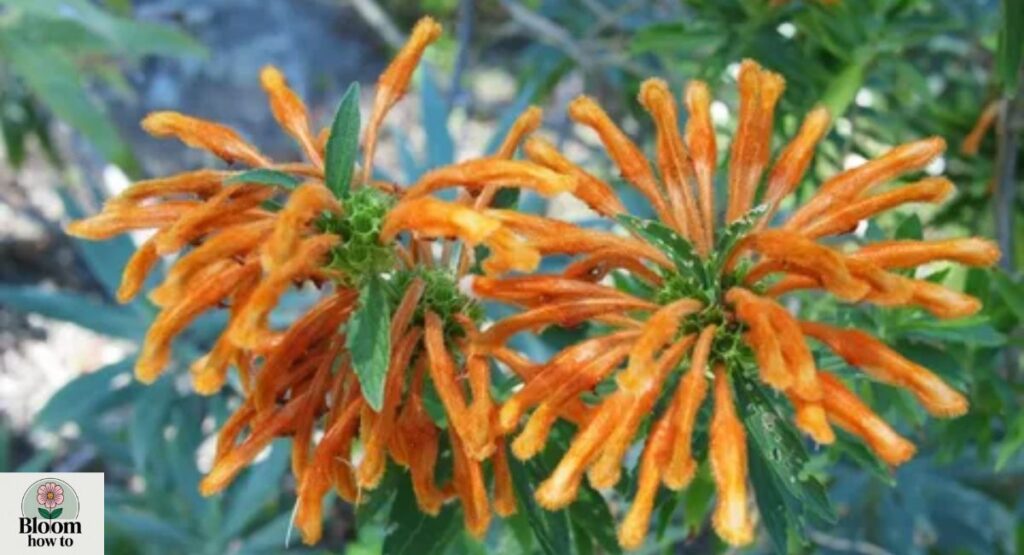
The wild dagga (Leonotis leonurus), sometimes called lion’s tail, is a fiery ornamental plant native to South Africa but well-loved in U.S. gardens. Its orange blossoms grow in whorls, attracting flowers for hummingbirds and bees.
This summer blooming flower thrives in full sun plants conditions and poor, sandy soils—making it perfect for sustainable gardening. It represents courage and endurance, thriving even in drought.
| Bloom Time | Colors | Height Range | Sun Requirements |
| Summer to fall | Orange | 4–6 feet | Full sun |
How to Grow and Care for Flowers That Start with W
Growing flowers that start with W isn’t difficult when you understand their plant maintenance needs. Most prefer well-drained soil, consistent watering, and either full sun or partial shade, depending on species. Whether you’re nurturing Wisteria sinensis or Weigela florida, proper care ensures lasting vibrant gardens.
Start by preparing your soil with organic compost. This boosts nutrients and supports biodiversity support within your garden. Water regularly but avoid overwatering, as it can damage roots. For climbing vines like wisteria, add a sturdy trellis for support and prune after flowering to encourage new growth.
| Maintenance Task | Frequency | Purpose |
| Pruning Wisteria | Once a year | Encourages new blooms |
| Watering | Weekly (varies by plant) | Prevents root dryness |
| Fertilizing | Monthly | Enhances color and bloom size |
| Mulching | Seasonally | Maintains moisture and prevents weeds |
To create a pollinator-friendly garden, combine native wildflowers like wood anemone and wild rose with ornamental species such as wax begonia and wisteria. This approach enhances ecosystem balance, promotes garden biodiversity, and ensures a thriving, colorful landscape year-round.
Conclusion
The world of flowers and plants that start with W is truly magical. From graceful wisteria plant vines to fragrant white jasmine, each bloom adds color, life, and beauty to any garden. These flowering plants starting with W not only please the eyes but also support garden biodiversity and pollinators.
Whether you grow wild rose for its charm or white calla lily for its elegance, each flower tells its own story. Plant them, care for them, and let your garden bloom with wonder.
FAQs
1. What flower begins with W?
Many flowers that start with W include wisteria, wild rose, white lily, and windflower, all admired for their beauty and meaning.
2. What is a Japanese flower that starts with W?
The Wisteria sinensis is a famous Japanese wisteria plant known for its hanging purple blooms and sweet fragrance.
3. What white flower starts with W?
White calla lily and white jasmine are elegant white flowers that start with W, symbolizing purity and grace.
4. What are common garden plants beginning with W?
Popular garden plants that start with W include weigela shrub, wax begonia, and wallflower plant, loved for their long blooming seasons.
5. Which W flowers are best for pollinators?
Woolly bluecurls and wild rose are pollinator-friendly plants, attracting bees, butterflies, and hummingbirds to your garden.

Welcome to bloom how to! I’m Anam Sattar, an AI Powered SEO, and Content Writer with 4 years of experirnce.
I help websites rank higher,grow traffic, and look amazing. My goal is to make SEO and web design simple and effective for everyone.
Let’s achieve more together!
